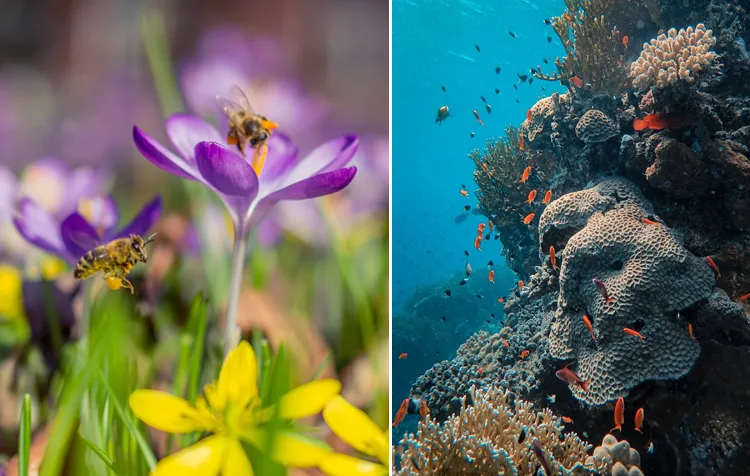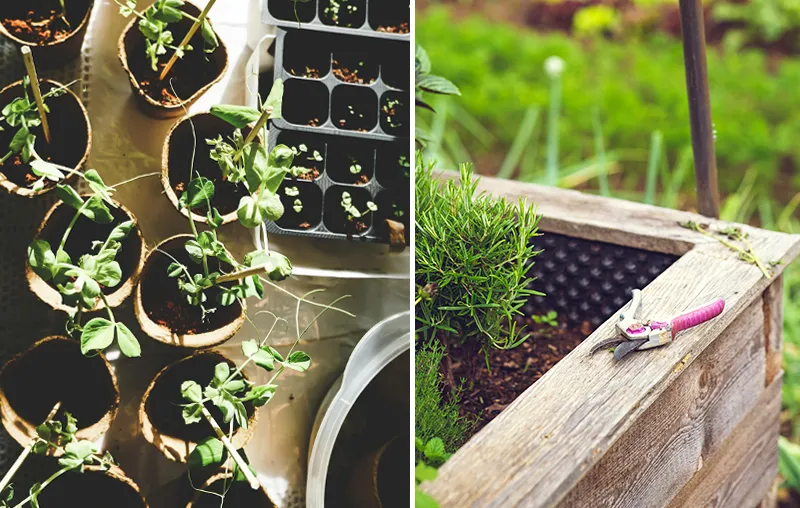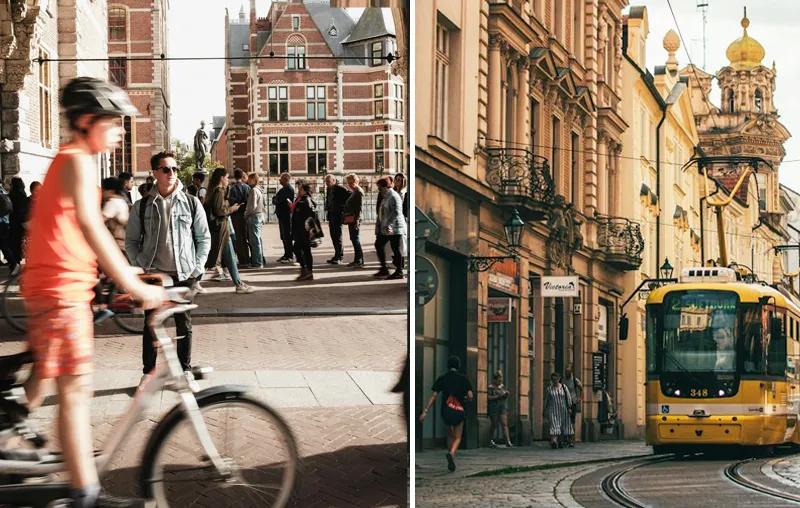What does biodiversity actually mean? If you're looking for a clear answer to this question, you've come to the right place! Our earth is home to an incredible variety of life - from microorganisms to gigantic whales, from barren desert landscapes to dense rainforests. This biological diversity is what we call biodiversity.
But did you know that, according to the United Nations World Biodiversity Council, around one million of the world's eight million animal and plant species are directly threatened with extinction?₁ Mainly because we humans are destroying natural habitats and ecosystems in large numbers. In order to stop the global extinction of species, it is very important to understand the concept of biodiversity.
In this article, I would like to provide you with everything you need to know about biodiversity. From the definition, levels, importance and dangers, to protective measures and effective everyday tips. Because biodiversity starts in your own garden or on your balcony. Let's go!
You can find a brief overview here in advance:
Definition: What is biodiversity?
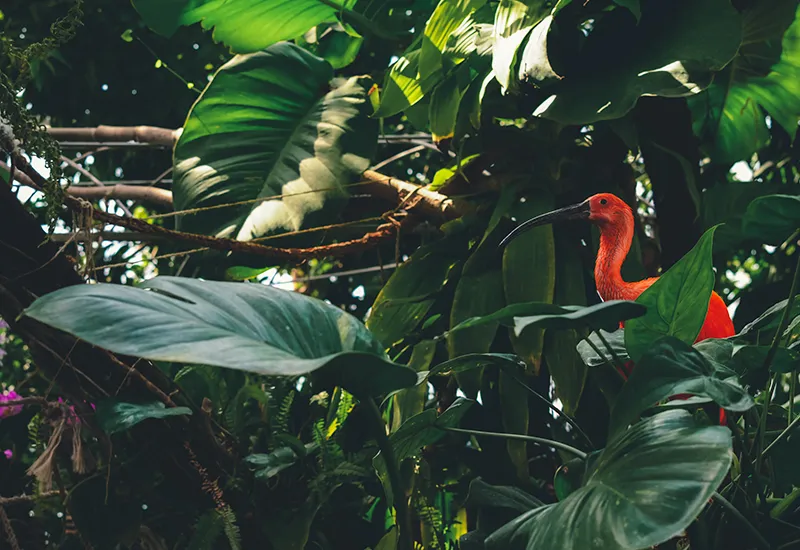
Biodiversity (also known as biological diversity) refers to the Diversity of all living species on the entire earth or within a specific region - including diversity within species, between species and diversity of ecosystems.
Good to knowThere are around 14 million animal and plant species on our planet. However, only around 1.7 million species have been scientifically identified and described to date. Most of them are insects.₂
Three levels: What is biodiversity?
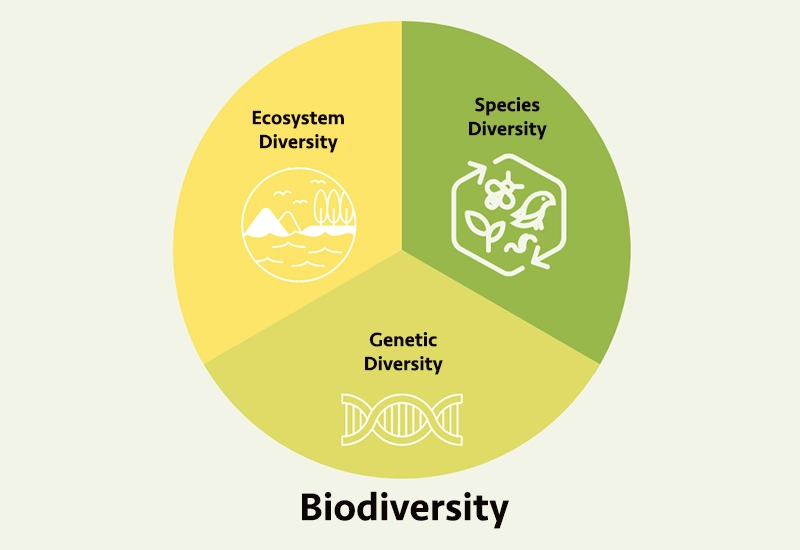
Biodiversity therefore encompasses the totality of all living organisms. However, when we talk about biodiversity, we are talking about more than just the number of different species on our planet.
Biodiversity actually consists of three interlocking levels: genetic diversity, species diversity and ecosystem diversity. Each of these levels is crucial for our planet and our own well-being.
Here I would like to introduce them to you in a little more detail.
Genetic diversity
Genes are the basis for the inheritance of traits from one generation to the next. Genetic diversity is understood to mean the Diversity of genes within a species or all species of an ecosystem. The greater the genetic diversity of a species, the better it can adapt to changing environmental conditions and the more resistant it is to change.
The biodiversity
The level of biodiversity describes the Number and diversity of species in a particular ecosystem or around the world. Species are groups of organisms that differ from each other in certain characteristics such as morphology, reproduction and behavior. Ultimately, greater species diversity also means that an ecosystem is more resilient to disturbances.
The diversity of ecosystems
The diversity of ecosystems is about the different habitats inhabited by existing species. Ecosystems are complex systems consisting of organisms, their delimited physical environment and their ecological interactions. These can be, for example, forests, oceans, mangroves, moors or grasslands.
The greater the diversity of ecosystems, the more different types of organisms will find a habitat, which, among other things, provides them with many sources of food and a necessary protection from predators.
Significance: Why is biodiversity so important?
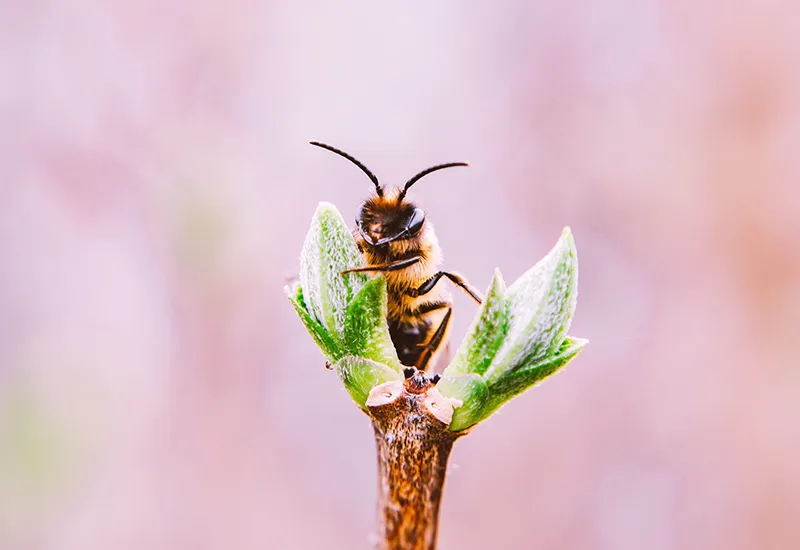
In principle, every species has a right to exist and is valuable, regardless of whether it brings (direct) benefits to humans or not. However, the ecosystem services that all living organisms provide for the environment alone make them incredibly important for human life.
Biodiversity is of fundamental importance for all life on earth, because most species, including us humans, are dependent on many other species. We are still far from knowing everything about the interdependencies and relationships between the various animal and plant species. But we do know that they are numerous and that the extinction of one species has a negative impact on the ecosystem.
"Once the bee disappears from the earth, humans will only have four years to live. No more bees, no more pollination, no more plants, no more animals, no more humans."
Albert Einstein (more under Species protection quotes)
Biodiversity is also our ecological life insurance. Bees and some other insects, for example, provide the Pollination of plantsthat we eat. Up to 85 percent of agricultural yields in plant and fruit cultivation in Germany depend on the pollination services of these industrious helpers.₃
In addition to many other ecosystem services, a high level of biodiversity ensures, for example functioning ecosystems, clean air and drinkable water and for a Natural pest control.
It also provides us humans valuable raw materials for consumption and production. Our economy and many livelihoods depend on them. Their Importance for our mental well-beingThe potential for leisure, culture, education and science is enormous.
Finally the Costs of biodiversity loss due to failure to take protective measures significantly higherthan the cost of protecting biodiversity.
Threats: What threatens biodiversity?
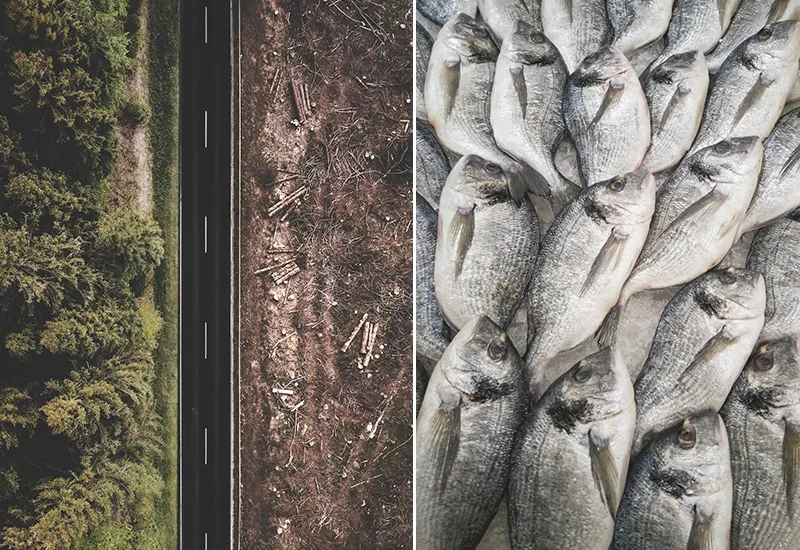
In order to protect biodiversity, it is imperative that we look at what threatens it in the first place. Well, the environmental problem of Species extinction and mass extinction we humans - and no one else - are responsible for.
In the following, I will show you why this is the case and how exactly we are destroying biodiversity on Earth:
- Habitat destruction and fragmentation: Urbanization, agriculture and other human activities are destroying natural habitats or fragmenting them into smaller parts.
- Climate change: Changing temperatures and precipitation patterns, as well as Increasing extreme weather as a result of man-made global warmingaffect habitats and naturally threaten the existence of many species.
- Overexploitation and overfishing: The intensive use and exploitation of nature, including fishing and hunting, can destabilize certain populations and lead to the collapse of entire ecosystems.
- Invasive species: Non-native species that have intentionally or unintentionally found their way into new regions or countries can displace native species and disturb the natural balance in a sensitive ecosystem.
- Pollution: The Air pollutionwater and soil destroys habitats and the existence of many species. Exhaust fumes, pollutants and, above all, non-biodegradable plastic waste pose a major threat.
- Agricultural intensification: The use of chemical pesticides and fertilizers, as well as the economic preference for monocultures, has a considerable impact on biodiversity.
- Illegal poaching and wildlife trafficking: Animal and environmental protection laws are often not complied with. The illegal trade in animals threatens endangered species in particular. Last but not least, hunting tourism and trophy hunting for certain wild animals also pose a major threat.
Tips: What can each of us do for more biodiversity in our everyday lives?
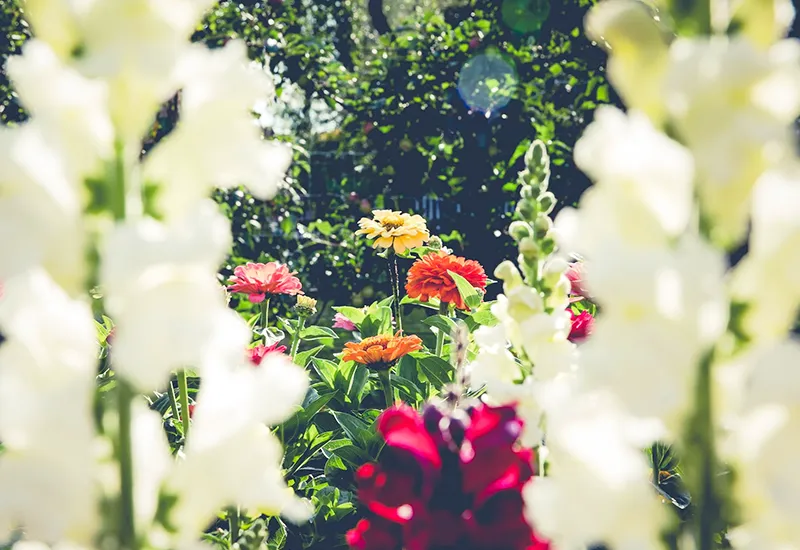
Organizations such as the WWF and NABU are fighting - for example with Renaturation projects - for the preservation of biodiversity every day. And more and more companies are also getting involved and ensuring sustainable business practices and that Habitats important for biodiversity restored be
"And what can I do?" you may be asking yourself. You can, of course, support environmental organizations in their work, on a voluntary basis or financially. But since biodiversity starts on a small scale, you can also do something outside of your work in organizations. already make a real difference in your own everyday life.
Here are some tips and suggestions for you:
- Refrain from the use of chemicals such as fertilizers, pesticides and insecticides in garden maintenance. They harm us humans as well as the animal and plant world. Instead, opt for a Natural pest control and fertilization.
- Plant your garden with native flowers, shrubs and trees. In this way, you promote the survival of local animal species. In addition, native plants are generally easier to care for as they have adapted to the local conditions.
- Create an insect garden. Use plants that serve as food sources for bees, butterflies and other insects. You can even pay attention to this when planting your balcony. You can find more tips in the article about the bee friendly garden.
- Live vegan: Whether it's beef, cheese, cow's milk, eggs or honey - there are now delicious plant-based alternatives for all animal products that make the switch easier. By going vegan and eating a plant-based diet, you are automatically living in a more climate-friendly way and making a decisive contribution to protecting biodiversity.
- Seal as few areas as possible. Gravel garden was yesterday. There are even municipalities that actively prohibit this type of surface sealing as it harms the urban climate. Even a driveway can be made sustainable with a low level of sealing.
Even more Tips to stop the extinction of speciesYou can find more information in a separate article.
Tip: The creation of low-maintenance gravel gardens is definitely one of the biggest environmental sins of everyday life. I explain what else falls into this category in the linked blog post.
Protecting biodiversity means protecting people
All life on earth is interrelated and is in a constant state of equilibrium. This balance must be maintained in order to ensure optimal living conditions. But it is fragile and under greater threat than ever. We must not believe that we are above nature and that we are the only living beings on an unhealthy planet that can remain healthy.
Through the explicit protection and sustainable use of natural resources we can ensure that the planet's biodiversity is preserved for future generations.
Do you have any questions, suggestions or further tips on preserving biodiversity? Then I look forward to your comment.
Stay environmentally friendly,

PS: Biodiversity is one of many Technical terms around the topic of sustainability. In the linked blog article, I will be happy to introduce you to many more definitions next. But you might also be interested in how you Stop insect mortality in everyday life can. Either way, I hope you enjoy reading it!
References:
₁ ZEIT ONLINE: One million species are threatened with extinction (as at: 06.05.2019), available at https://www.zeit.de/wissen/umwelt/2019-05/artenvielfalt-kernaussagen-welt-bericht-paris-weltbiodiversitaetsrat-artensterben. [30.05.2023].
₂ INITIATIVE Vielfalt 2030: Biodiversity - It enriches our life on earth, available at https://www.vielfalt2030.de/wissen/was-ist-biodiversitaet. [30.05.2023].
₃ Romina Rader, Ignasi Bartomeus, Lucas A. Garibaldi (2015); et al: Non-bee insects are important contributors to global crop pollination, available at https://www.pnas.org/doi/10.1073/pnas.1517092112. [13.04.2021].

